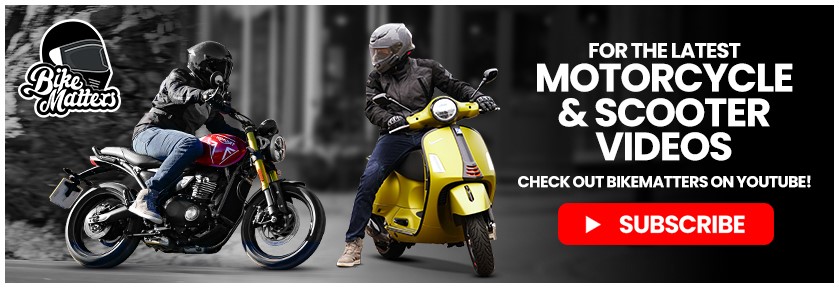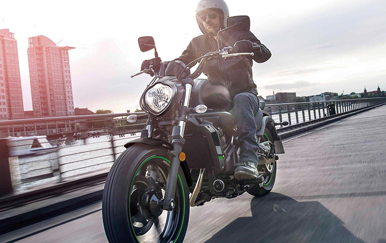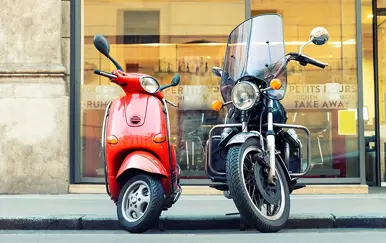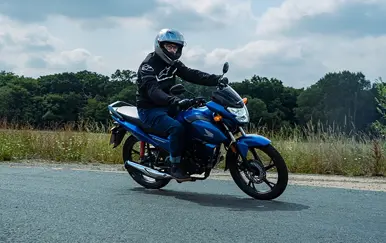Let’s face it: Most people don’t exactly enjoy their daily commute. It’s stressful, it’s busy, and most of all, it’s boring. As we covered in our blog on the benefits of commuting to work on a motorcycle or scooter, it’s cheaper than running a car, less busy than public transport and can have a genuinely beneficial impact on your mental health.
However, as a beginner it can be hard to know what the right bike for you is, and what you’ll need for your daily commute.
You can read our blog on the must-have motorcycle gear for commuting to make it as comfortable and safe as you can, and we’ve put together this top ten to help you decide on the right bike for you.
So without further ado, here’s our list of the top ten commuter motorcycles for beginners!
10. Honda NC750 DCT
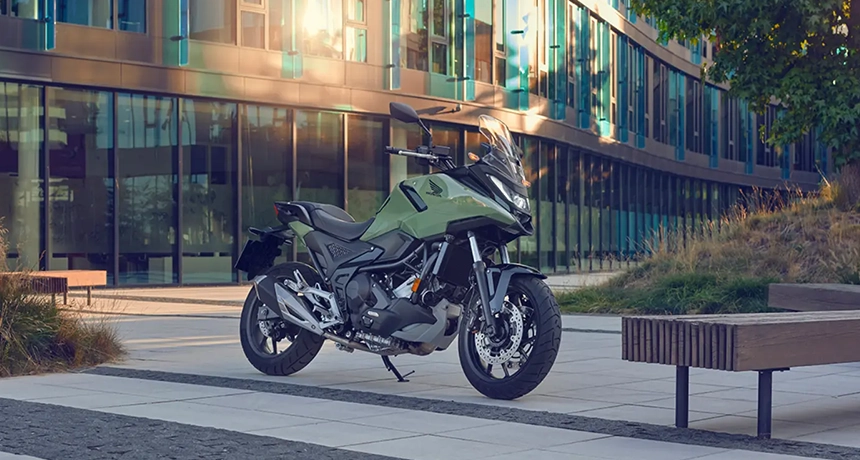
Starting off our list at number ten is the Honda NC750X DCT.
With a low, upright riding position, a good level of wind protection and convenient Dual Clutch Transmission, this offering from Honda is a comfortable, straightforward ride – crucial if you’ll be sitting in traffic for long periods of time.
It also offers 23 litres of storage under a false tank (enough for a full-face helmet or work bag) and can do 80 miles per gallon, making it a convenient and efficient ride. Plus, you can tailor the bikes performance to your needs with four different modes – sport, standard, rain and use – as well as having a manual override.
This bike is a little more expensive than others on this list at £8,399, but it’s a great choice if you’re looking for a versatile, all-round motorcycle.
Honda NC750X DCT: Pros and Cons
Pros
-
Seamless gear changes at low speeds thanks to the Dual Clutch Transmission
-
Excellent fuel economy
-
Comfortable riding position
Cons
-
You have less control than fully manual transmission
-
No cruise control
9: Piaggio 1
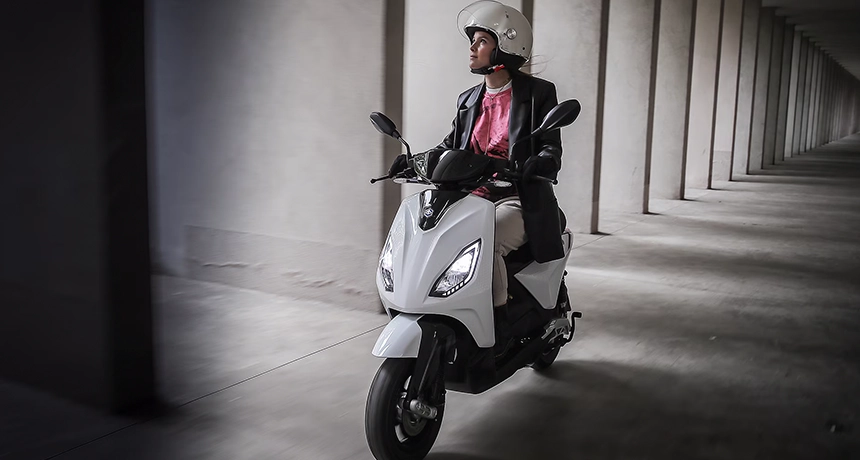
Combining iconic style with modern electric mobility is the Piaggio 1 – a high quality, stylish scooter well-suited for modern commuting, and available for only £2,815!
Agile and compact, this small electric scooter is designed for seamlessly navigating busy city streets. With keyless ignition, a removable battery and straightforward controls, the Piaggio 1 is simple to operate – even for people new to electric scooters.
Plus, with a six hour charge time and a 52 mile range on a single charge, it’s overall an incredibly convenient bike for urban commuting.
This is a pretty small scooter (with a seat height of 770mm), but the seat itself is fairly wide, so your legs may be more splayed out than normal. It’s still largely very accessible to shorter riders, but you should definitely try out the wider seat before making your decision. If you feel like this isn’t the right electric scooter for you, you can read our article on the top ten electric scooters for 2025 for more options.
Overall, this is a comfortable and stylish scooter, and great for anyone who wants something that’s environmentally friendly but has that classic Piaggio look and feel.
Piaggio 1: Pros and Cons
Pros
-
Comfortable riding position
-
Keyless ignition makes starting and stopping easier
-
Relatively lightweight and agile.
Cons
-
Limited range
-
Lower top speed than some of the other models on this list
8. Yamaha XMAX 300
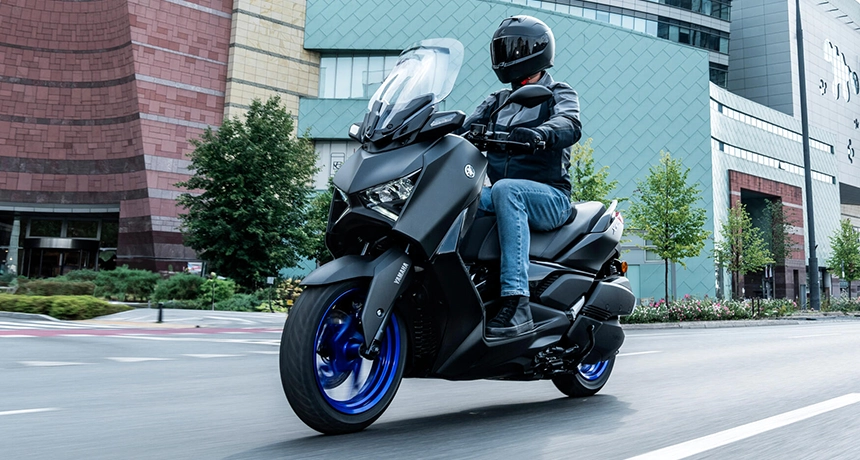
If a maxi scooter is more your style, you might be interested in the Yamaha XMAX 300.
At £6,402, the XMAX 300 is one of Yamaha’s best-selling Sports Scooters. With a top speed of 90mph and a stylish, sporty design, it’s easy to see why.
This may not seem like the most obvious choice for a commuter scooter, but it’s surprisingly lightweight and comfortable, with a well-padded seat and spacious footboard.
With a 292cc single-cylinder 4-stroke engine, the XMAX 300 gets around 90mpg and is one of our favourite options for commuting from outside an urban area, as it should be able to keep up with motorway traffic while still offering the agile handling necessary for more congested roads.
Yamaha XMAX 300: Pros and Cons
Pros
-
Powerful engine
-
Significant under-seat storage
-
Good fuel economy
Cons
-
More expensive than other options on this list
-
While lightweight for a maxi scooter, it is less agile than some other scooters out there
7. Vespa GTS 310

There’s no getting around it: Vespa is absolutely iconic, and the GTS 310 is no exception.
This scooter has the classic Vespa design and, with a comfortable seat and good suspension, it feels as good as it looks. Coming in at a price point of £6,515, it’s more of a premium option, but is incredibly lightweight and agile, allowing for easy U-turns and quick manoeuvres in tight spaces.
Plus, the GTS 300 has a fuel economy of 70mpg, a fuel tank capacity of 8.5L and a top speed of 80mph, making it more than capable of keeping up with city traffic and tackling motorways on a longer commute.
If you want a scooter that’s ultra-stylish and packs a punch, this might be one for you to consider.
Vespa GTS 310: Pros and Cons
Pros
-
Stylish and classic
-
Comfortable to ride
-
Nimble and easily manoeuvrable in city traffic
Cons
-
Limited under-seat storage
6. Honda Super Cub C125
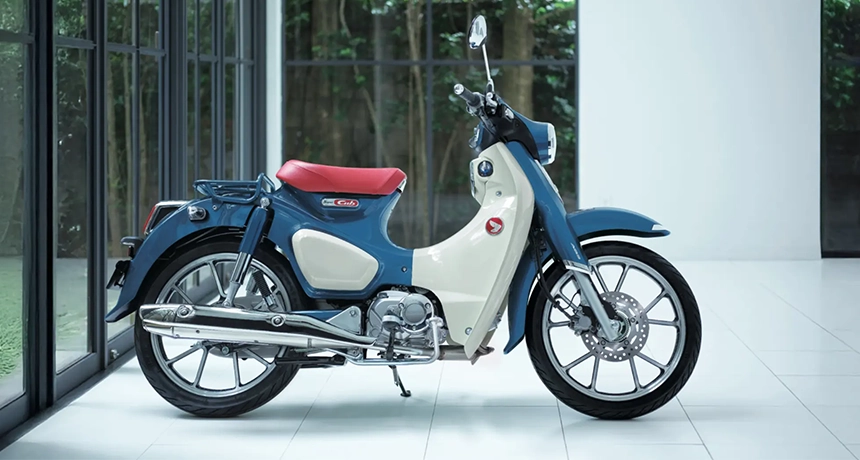
At number six on the list is the Honda Super Cub C125.
This bike has remained a Honda staple for over 60 years, prioritising straightforward and reliable transport while celebrating its unique retro style – and all for £3,999!
With a seat height of 780mm, the Super Cub is a compact 125cc bike well-suited for navigating tight corners and congested traffic.
The slightly larger than average wheels (17 inches) help it to handle beautifully, and, with a top speed of 67mph, it can more happily keep up with inner-city traffic. It also has excellent fuel economy, capable of achieving 159 mpg.
Plus, its automatic transmission makes riding in stop-start traffic much simpler, which can be definitely be stressful for new city riders.
While this bike does lack under-seat storage, it comes with a rear rack to secure a small bag, and solutions such a rear seat bag and top box are available from Honda.
The classic, stylish look could make this a great option for any rider, but the reliability of this bike will give a beginner more peace of mind.
Honda Super Cub C125: Pros and Cons
Pros
-
Excellent fuel economy
-
Retro look
-
Very agile and easy to manoeuvre
Cons
-
Its one gallon fuel tank limits its range
-
Leg room may be limited for taller riders
5. Kawasaki Ninja e-1
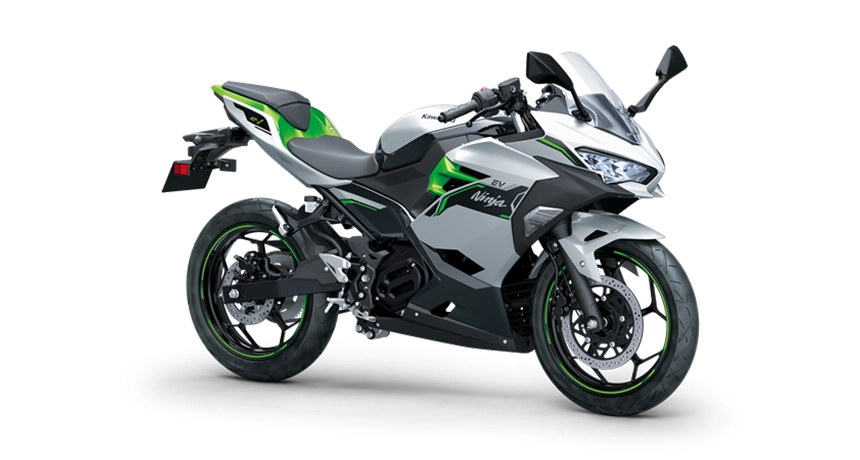
Kicking off the second half of this list is the Kawasaki Ninja e-1.
The Kawasaki Ninja has been beloved by riders for years, and this electric version is no exception. Powered by a 12hp electric motor, the e-1 is a stylish electric bike, and a great choice for your morning commute.
It’s a lightweight, agile bike that offers a quiet, smooth ride an e-boost function that allows for increased acceleration – making it a fun and convenient ride for nipping about in a city. Plus, its ‘Walk Mode’ feature (allowing the bike to move at walking speed) makes parking significantly easier in busy areas.
However, while the Ninja e-1 is well suited to commuting within a city, with a range of 45 miles per charge, it might not be the bike for you if it takes you a little longer to get to work.
Despite that, at a starting price of £4,299 this is a great option if you’re looking for an electric 125 with strong brand recognition.
Kawasaki Ninja e-1: Pros and Cons
Pros
-
Batteries can be charged on or off the bike
-
It’s compact and lightweight – making navigating city traffic a breeze
-
Automatic transmission makes it straightforward to use
Cons
-
Limited range means this won’t be well-suited to longer commutes
-
Takes 3.7 hours to fully charge, meaning you’ll want to keep an eye on it to avoid getting caught out. However, as the batteries are removable, it’s more convenient to charge than many other electric scooters.
4. Maeving RM1S
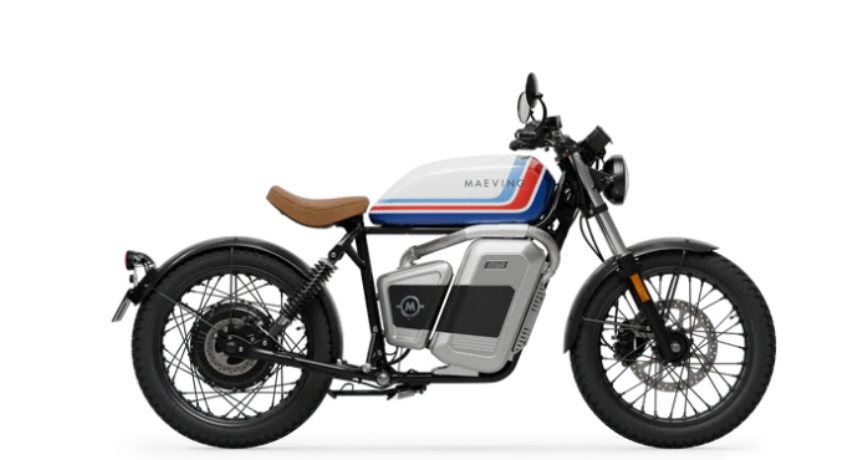
At number four, we’ve got the Maeving RM1S, a British built electric 125 equivalent that’s well suited to urban riding.
When we had the opportunity to road-test the Maeving RM1S last year, we found it to be surprisingly powerful for a 125 equivalent, offering a smooth ride that keeps you feeling stable even on bumpier roads.
It also has three different riding modes (Ride for the standard experience, Sport for a higher top speed and Eco for increased range), giving you more control than most automatic bikes.
At £7,495 this is a little pricier than most 125s, but with a top speed of 70mph, a range of up to 80 miles on a single charge and large capacity, removable batteries, the price point is understandable.
This is a unique, stylish electric bike, and a great choice if you’re looking for something a little different that’s well suited to commuting
Maeving RM1S: Pros and Cons
Pros
-
Incredible styling
-
Batteries can be charged in or out of the bike
-
Feels powerful
Cons
-
A more expensive option
-
Can take a while to recharge
3. Husqvarna Svartpilen 125
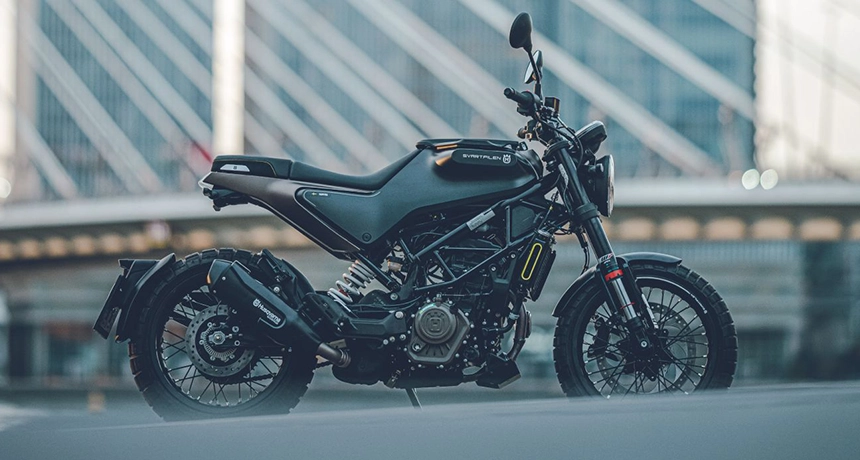
At number three on our list, we’ve got the ultra-modern Husqvarna Svartpilen 125.
Known for its nimble handling and comfortable riding position – as well as a distinctive, scrambler-inspired design – this bike is a great choice for commuting in urban environments.
At £3,999, the Svartpilen has been designed for CBT riders and riders with an A1 licence, offering a fun yet reliable ride for someone still relatively new to commuting on a bike. It’s also pretty powerful for a 125, with 15hp and the ability to reach speeds of 70mph. Plus, it has incredible fuel efficiency, with a fuel tank capacity of 13L and the ability to achieve 99mpg, depending on riding conditions.
On the tech side of things, an optional Easy Shift system to simplify gear changes, a 5-inch TFT display and different ride mode features also add peace of mind, allowing you to decide the level of control you want over your bike’s performance.
Whether you’re new to riding or a seasoned commuter, this bike is sure to deliver a great riding experience.
Husqvarna Svartpilen 125: Pros and Cons
Pros
-
Unique design
-
Comfortable to ride
-
Handles well in busy traffic
Cons
-
A little expensive for a 125
2. BMW G 310 GS
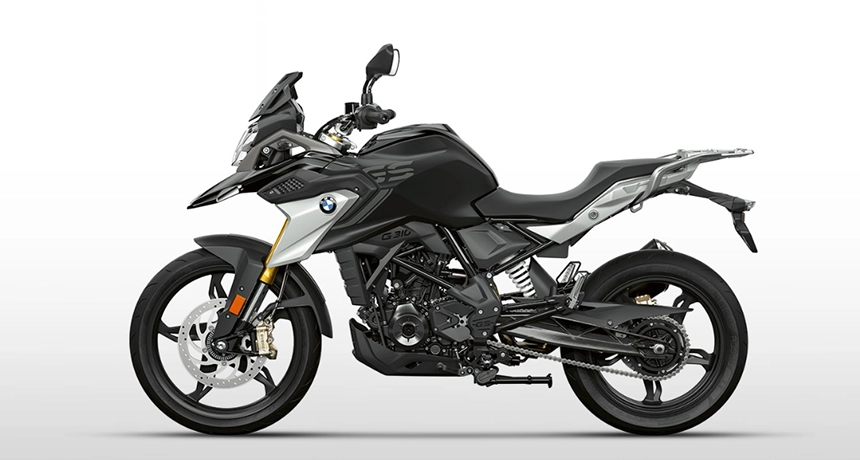
Just missing out on the top spot of our list is the BMW G310 GS.
With a powerful yet efficient engine and lightweight feel, the G310 is a great A2 friendly option from a reputable manufacturer.
One of the most unique things about this bike is its height: with a seat height of 835mm this might not be the perfect ride for shorter riders, but it can help significantly with visibility and awareness when in heavy traffic.
At £5,890, this is a comfortable, high quality bike perfect for relaxed inner city riding.
BMW G310 GS: Pros and Cons
Pros
-
Comfortable to ride
-
Offers good visibility
Cons
-
May not be well suited to shorter riders
1. Honda GB350S
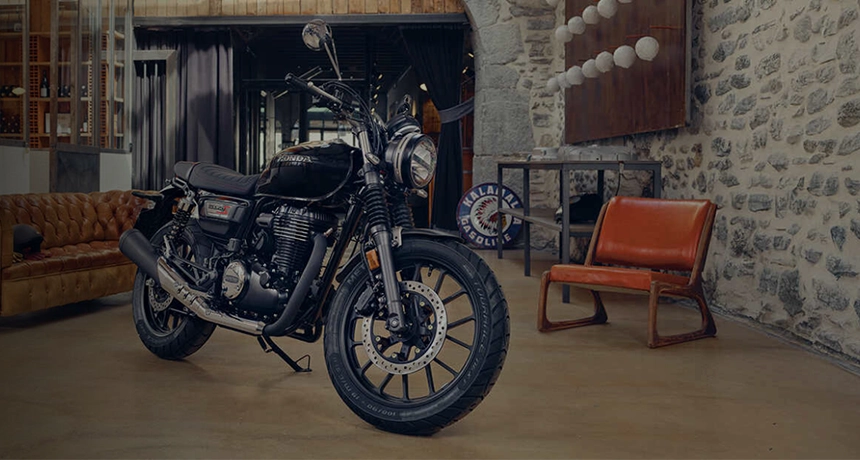
At the top spot on our list, we’ve got the Honda GB350S, a classic yet economical option for any rider.
At only £3999, this sixties-inspired bike has been designed to navigate tight spaces and handle well at low speeds, making it comfortable and straightforward to ride in congested traffic.
With a relatively low seat height of 800mm, the majority of riders should be able to feel comfortably planted when stopped in traffic, while the upright riding position still offers good levels of visibility and comfort.
The GB350S also has Honda Selectable Torque Control (HSTC), which optimises torque delivery to the rear wheel, helping prevent rear wheel slip during acceleration and cornering – offering additional peace of mind for new riders.
Overall, this is a high-quality, reliable bike that’s an absolutely phenomenal option for any rider looking for something that’s accessible for beginners, looks great and offers up a truly enjoyable ride.
Honda GB350S: Pros and Cons
Pros
-
The Selectable Torque Control improves cornering
-
Stylish and comfortable
-
Relatively low price
Cons
-
Not as well suited to taller riders
The Last Stop!
So there you have it.
I hope you found this list of the top ten commuter motorcycles for beginners helpful and, as always, remember you can get a motorbike insurance quote direct with Lexham!

